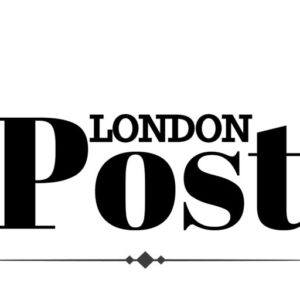Indecent images typically refer to visuals that are considered morally or socially unacceptable due to their explicit content.
These can include:
- Pornographic Content: This involves sexually explicit materials that may be adult in nature.
- Non-consensual Content: This refers to images taken or shared without the consent of the person depicted, such as revenge porn or voyeuristic material.
- Child Sexual Abuse Material (CSAM): This includes explicit content that involves minors, a particularly sensitive and harmful category.
The widespread accessibility of smartphones, high-speed internet, and social media platforms has made it easier than ever for such images to be created, shared, and distributed. In many cases, these images are distributed for entertainment or voyeuristic purposes, but they can have far-reaching consequences.
The Impact of Indecent Images
The consequences of indecent images are deeply damaging, affecting both individuals and communities.
- Emotional and Psychological Damage: Victims of non-consensual image-sharing, particularly revenge porn, often experience emotional trauma, anxiety, depression, and a sense of violation. The stigma and shame associated with such experiences can be long-lasting.
- Legal Ramifications: Distributing indecent images, especially those involving minors or non-consensual content, is illegal in most jurisdictions. The consequences can include criminal charges, imprisonment, and significant damage to one’s reputation.
- Cyberbullying and Harassment: Indecent images are frequently used as tools for cyberbullying, leading to harassment and bullying. The effects on victims can be devastating, leading to mental health issues, isolation, and even suicidal thoughts.
- Impact on Relationships and Trust: When indecent images are shared without consent, it undermines trust in relationships. Whether within a family, workplace, or romantic relationship, these violations often lead to irreparable harm and loss of dignity.
- Legal and Societal Impact: Societies have implemented laws against the creation, distribution, and possession of indecent images, with severe consequences for those who violate these laws. Legal frameworks like the Communications Decency Act in the United States or The Sexual Offences Act 2003 in the UK are designed to criminalize and penalize such behaviour, but the speed at which content can be shared across borders complicates enforcement.
Legal Considerations and Responses
Different countries have enacted laws to counter the creation and distribution of indecent images. These include strict penalties for those caught producing, sharing, or possessing explicit content involving minors or non-consensual adult images. Sexual offence solicitors can advise further.
Preventing the Spread of Indecent Images
While legal frameworks are essential, prevention efforts must also focus on education, digital literacy, and the promotion of healthy online behaviour. Here are some key strategies to mitigate the spread of indecent images:
- Education and Awareness: Schools, universities, and community programs should educate individuals on the importance of consent, the dangers of sharing explicit content, and the legal consequences of violating others’ privacy. Awareness campaigns can help individuals understand the lasting impact their actions may have on others.
- Technological Solutions: Social media platforms and tech companies are increasingly developing algorithms and moderation tools to detect and block indecent content. Some platforms, such as Facebook and Instagram, offer users ways to report inappropriate content and prevent its further distribution.
- Encouraging Digital Responsibility: Adults, especially parents and educators, can teach children about the responsible use of technology, emphasizing the consequences of sharing explicit content and how to protect themselves online. By fostering responsible digital citizenship, we can reduce the risk of individuals becoming victims or perpetrators of indecent image sharing.
- Support Systems for Victims: It’s vital to have resources available for individuals affected by the sharing of indecent images. This includes counselling services, legal aid, and online platforms where victims can seek support and request the removal of images.








